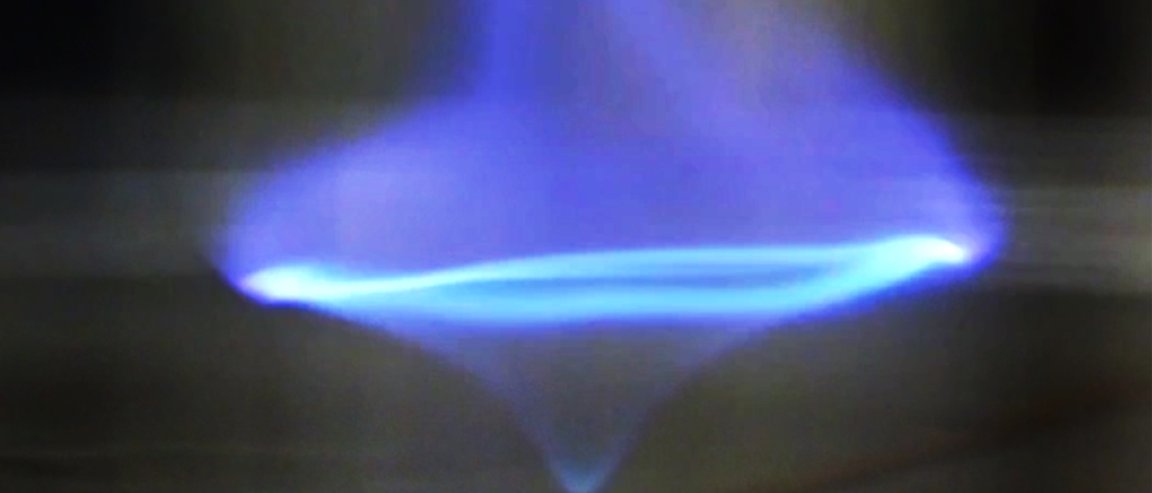
Fire Burning Blue
Scientists at University of Maryland’s A. James Clark School of Engineering have recently published a paper in the journal Proceedings of the National Academy of Science claiming they have discovered a new type of fire that burns with little to no soot. They call this the “blue whirl.”
This newly-discovered flame got its name from its distinctive color, which sets it apart from the traditional flame emitting a yellowish hue. Elaine Oran, Glenn L. Martin Institute of Professor of Engineering and co-author of the paper explains that the yellow color comes from glowing soot particles that weren’t able to completely burn away due to insufficient oxygen; whereas the blue flame indicates that there is enough oxygen to allow complete combustion and therefore reduces carbon emissions.

The First of Fire Whirls’ Applications
The flame is based on fire whirls, also known as fire tornadoes, which have a reputation for being perilous and destructive; but the researchers believe that the phenomenon can be harnessed for good. The key is to understand them, and consequently, control and use them.
Michael Gollner, assistant professor of fire protection engineering and co-author of the paper, said in a statement: “Fire whirls are more efficient than other forms of combustion because they produce drastically increased heating to the surface of fuels, allowing them to burn faster and more completely. In our experiments over water, we’ve seen how the circulation fire whirls generate also helps to pull in fuels. If we can achieve a state akin to the blue whirl at larger scale, we can further reduce airborne emissions for a much cleaner means of spill cleanup.”
The researchers acknowledge that there is still a lot to understand about the blue flame. After all, as Gollner states, “this is the first time fire whirls have been studied for their practical applications.”